Municipal Waste Characterisation
In our everyday lives we produce a general mix of waste in our homes and commercial premises (e.g. offices, shops, cafes and schools). This type of waste is called 'municipal waste' and is usually collected at kerbside or we can bring it to ‘bring centres’ e.g. civic amenity sites, recycling centres, bring banks or WEEE collection points.
The composition of municipal waste varies over time in response to changes in consumption patterns, manufacturing and waste management practices. The EPA carries out regular characterisation studies of kerbside collected municipal waste to get up-to-date information on the composition of our household and commercial waste. Our most recent municipal waste characterisation study was carried out in 2022 and the key findings are summarised below. The detailed municipal waste characterisation methodology, results and recommendations are presented in the technical reports and models below.
The latest national municipal waste characterisation project found over two thirds of waste in the general household and commercial bins could have been placed in the recycling and organic waste bins. Food waste and plastics are the most common wastes in our bins.
Urgent action is needed to improve Ireland's waste segregation and recycling performance to achieve municipal waste recycling targets of 55% by 2025 (65% by 2035) and transition to a circular economy.
What is in our bins?
-
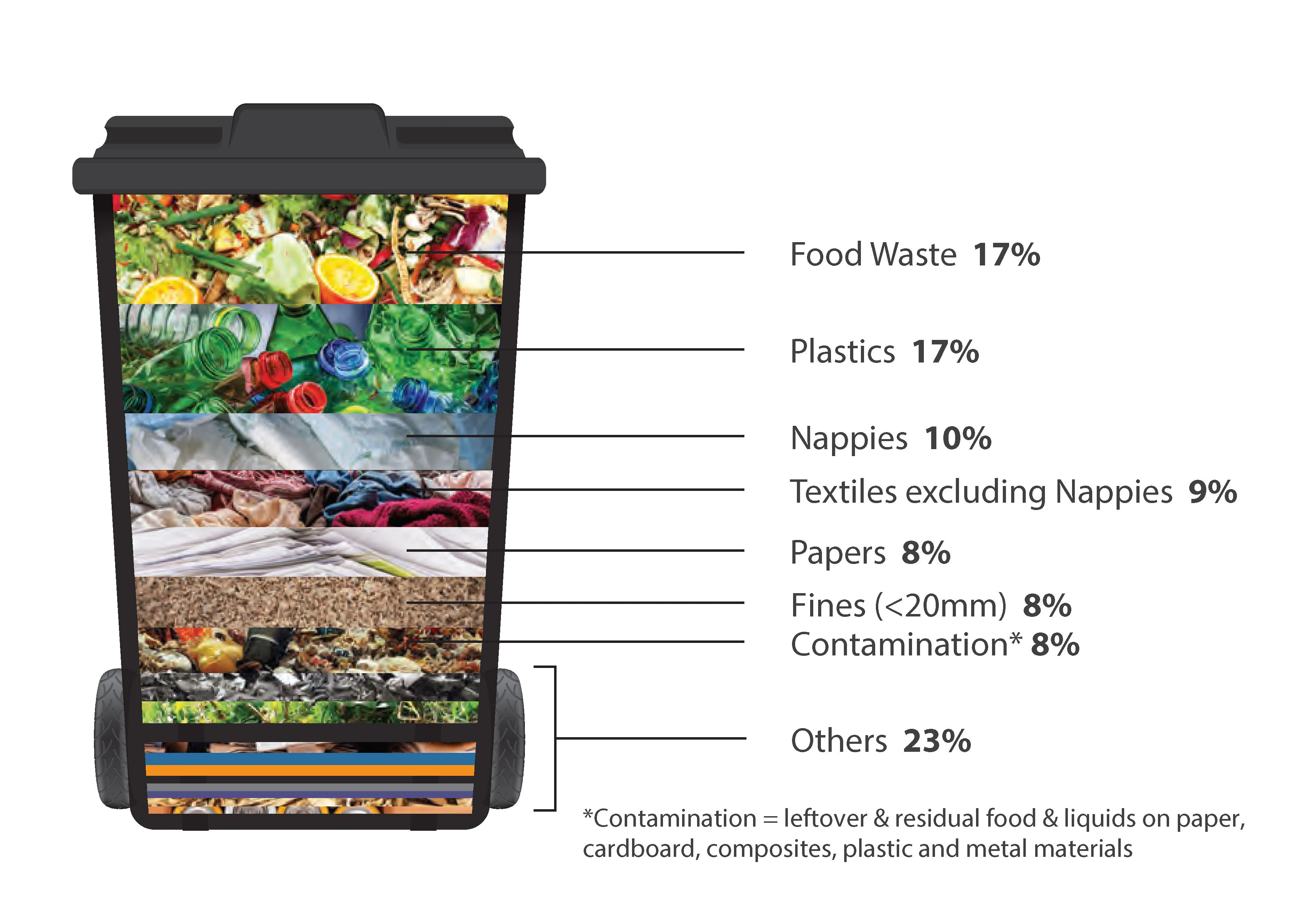
Household general waste bin
The five most common wastes in the household general waste bin are: food waste (17%), plastics (17%), nappies (10%), textiles excluding nappies (9%) and papers (8%)
-
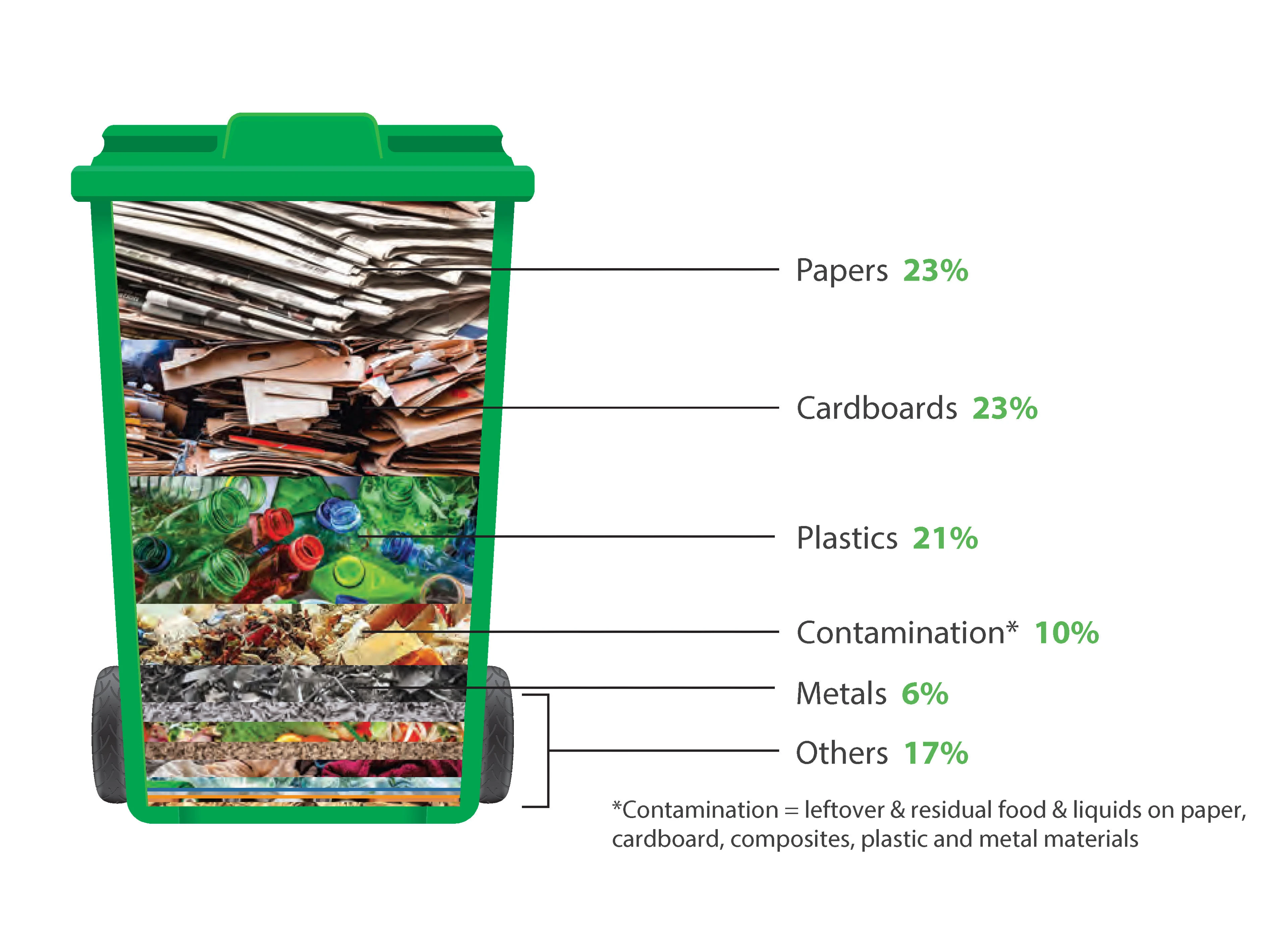
Household Recycling bin
The five most common wastes in the household recycling bin are: papers (23%), cardboard (23%), plastics (21%), contamination on materials (10%) and metals (6%)
-
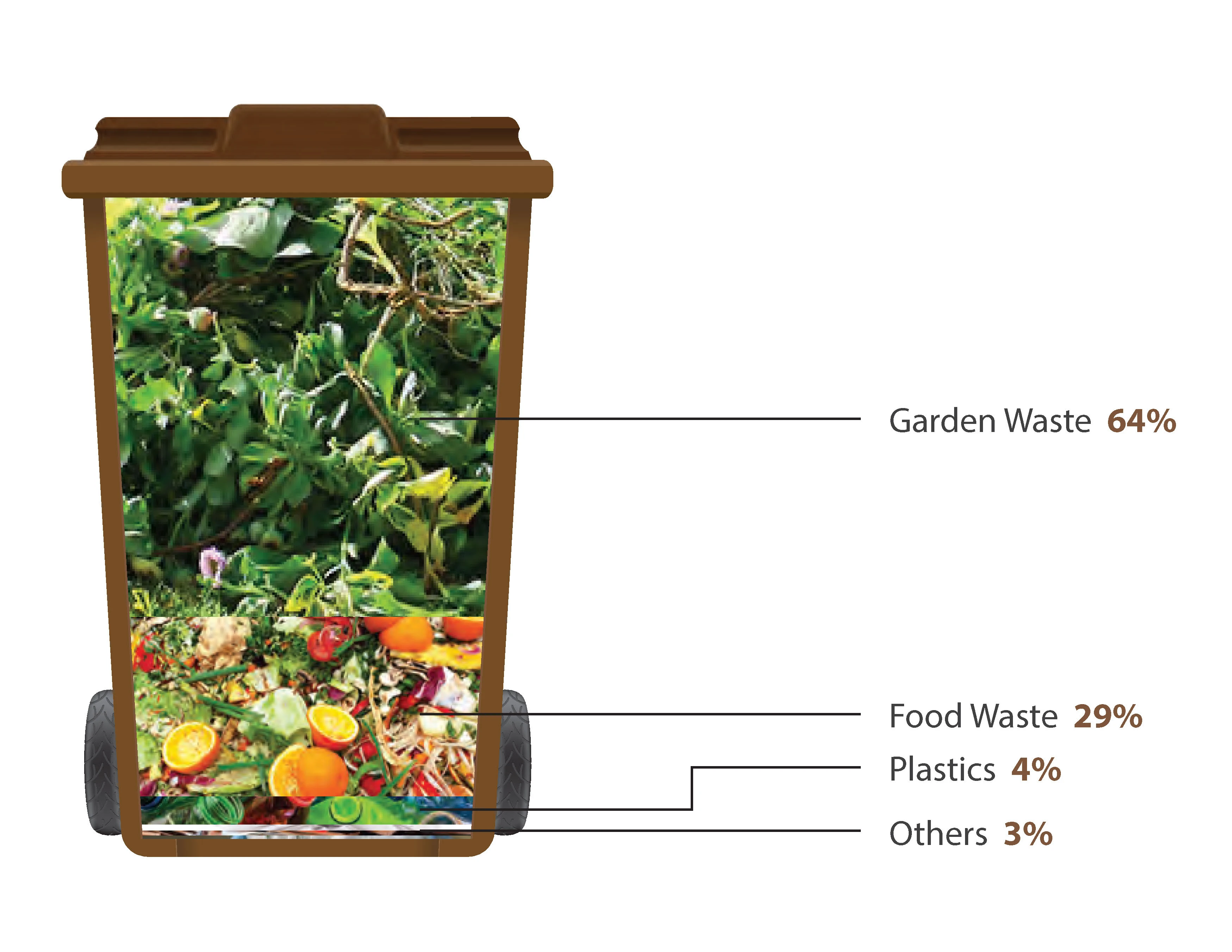
Household organic waste bin
The five most common wastes in the organic waste bin are: garden waste (64%), food waste (29%), plastics (4%) and other waste (3%)
-
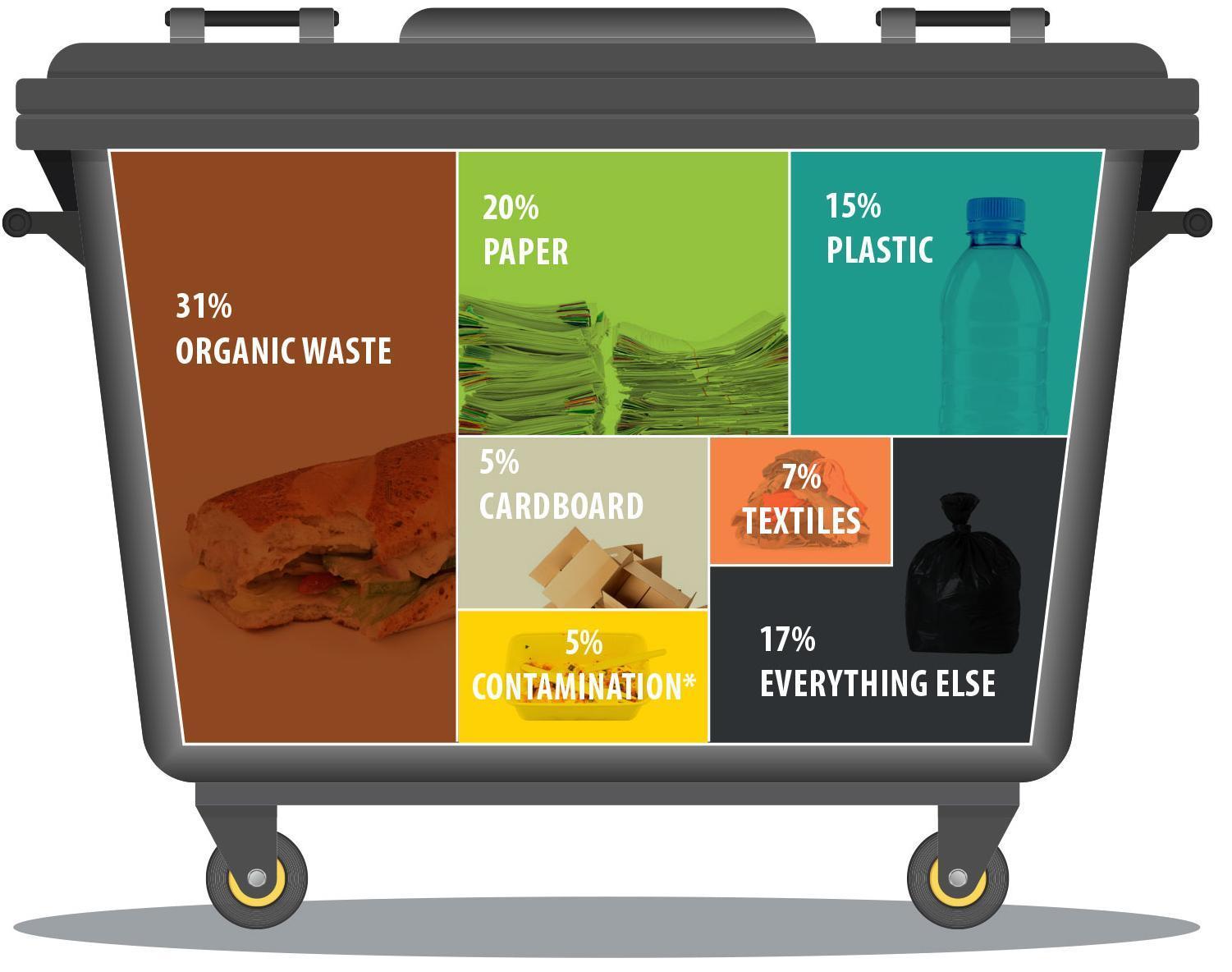
Commercial general waste bin
The five most common wastes in the commercial general waste bin are: organic waste (31%) (includes 30% food waste), paper (20%), plastics (15%), textiles (7%) and cardboard (5%)
-
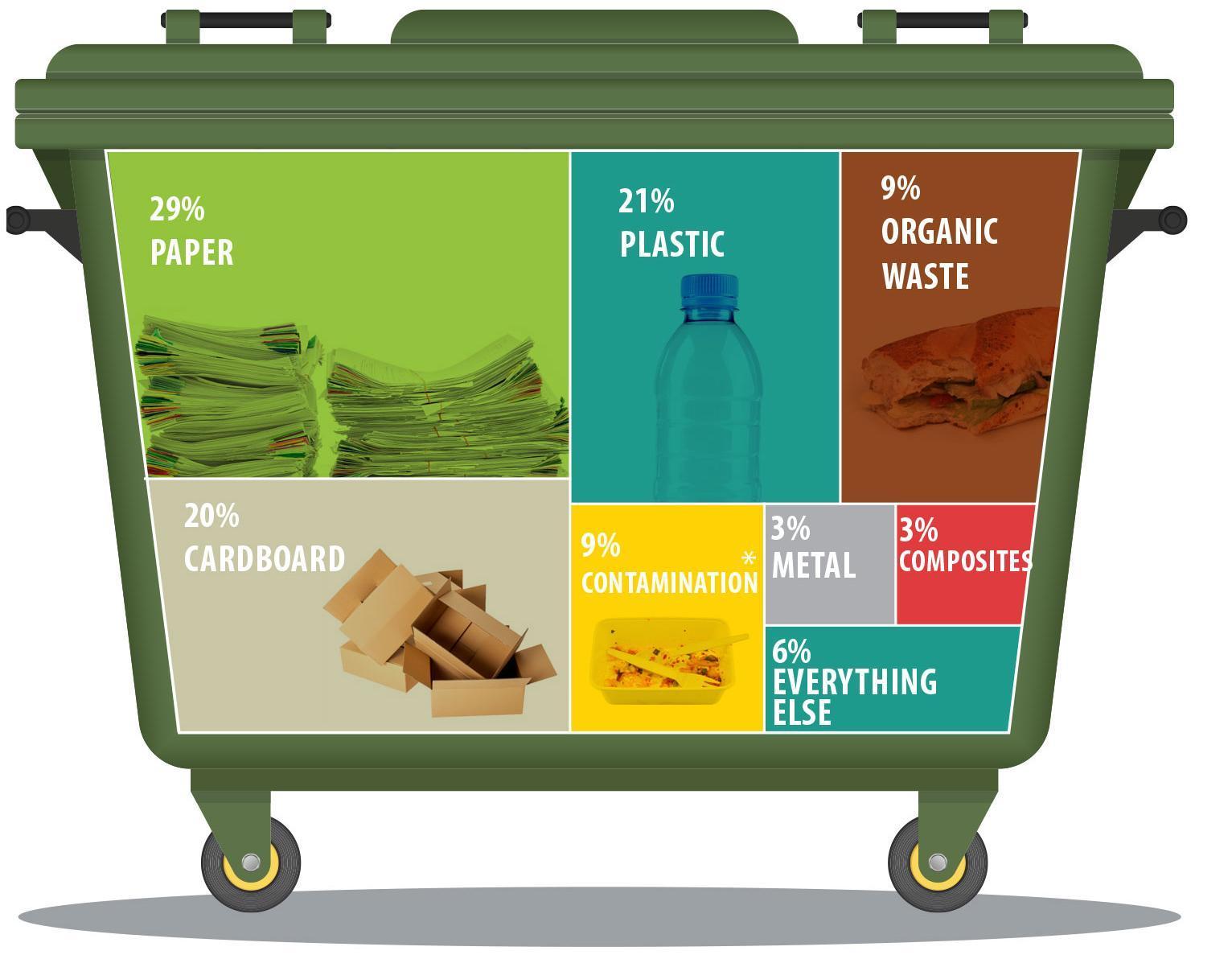
Commercial recycling bin
The five most common wastes in the commercial recycling bin are: papers (29%), plastics (21%), cardboard (20%), organic waste (9%) (comprising 9% food waste), contamination (9%)
-
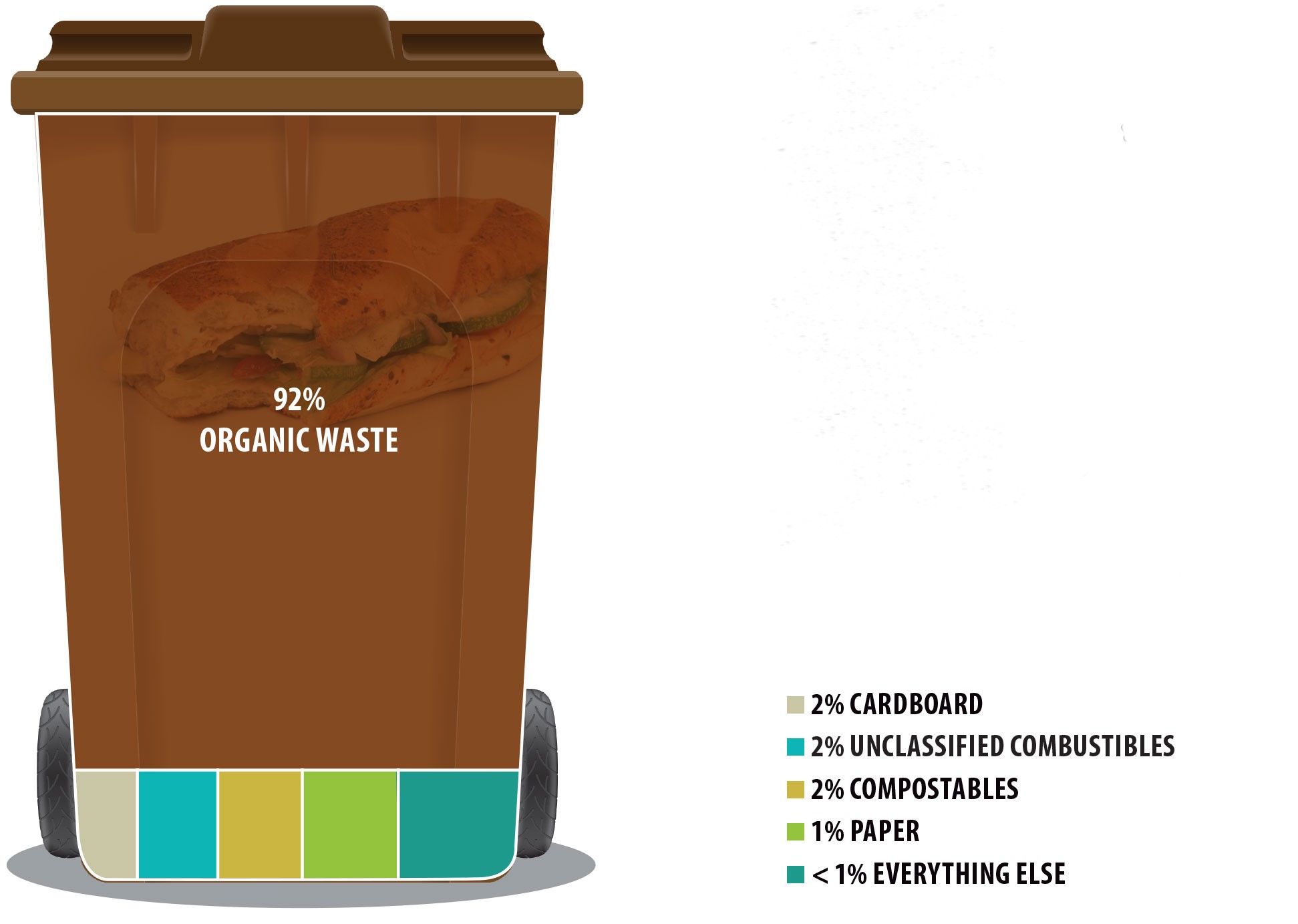
Commercial organic waste bin
The five most common wastes in the commercial organic waste bin are: organic waste (92%) (comprising 91% food waste), compostable waste (2%), cardboard (2%), combustibles (2%), paper (1%)
Municipal Waste Characterisation Summary Booklets
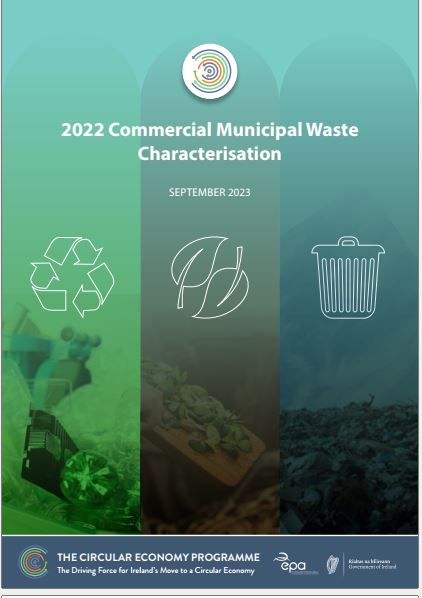
Household Waste Characterisation Booklet
Want to find out more about what is in our household bins? View the summary booklet.

Commercial Waste Characterisation Booklet
Want to find out more about what is in our commercial bins? View the summary booklet.
Municipal Waste Characterisation Reports
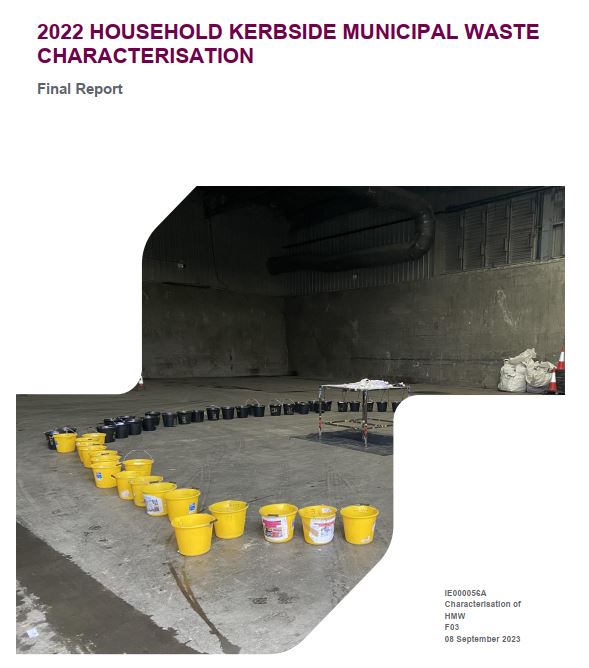
Household Waste Characterisation Report
Want to know more about the household waste characterisation? View the technical report.

Commercial Waste Characterisation Report
Want to know more about the commercial waste characterisation? View the technical report.
Municipal Waste Characterisation Models
The 2022 household waste characterisation model and commercial waste characterisation model provide a summary of the percentage of different waste materials in household and commercial mixed residual waste (general waste bins), mixed dry recycling (recycling bins) and organic waste bins collected at kerbside.